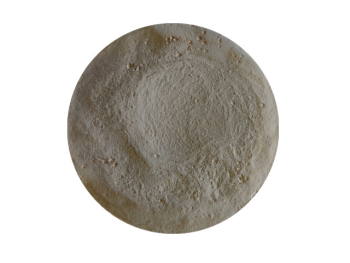Beta-Glucanase Enzyme Reducing Viscosity for Animal Nutrition Additive
Introduction
The β-mannanase [EC 3.2.1.78] is made from a refined strain of Bacillus lentus through advanced liquid fermentation and extraction technology. Mannan exists widely in the botanical feed, especially in palm kernel meal, soybean meal, and sesame meal. It can increase the viscosity of digesta and affect digestion and absorption of nutrients.
β-Mannanase is a kind of hemicellulose hydrolase which can destroy β-1,4-glycosidic bond, and degrade β-mannan, galactomannan, and glucomannan into mannan-oligosaccharide and mannose. Meanwhile, it can reduce the anti-nutritional effects of mannan and decrease digesta viscosity.
Definition of Unit
1 unit of β-glucanase equals to the amount of enzyme, which hydrolyzes 4 mg/ml β-glucosan to get 1 μmol of reducing sugar (in glucose) in 1 min at 37℃ and pH 5.5.
Specifications
| Enzyme Activity | 10000~50000 u/g |
| Appearance | White or Yellowish Powder |
Enzymes Properties
Dosage
| Used for Complete Feed | Dosage: (g/MT of complete feed) |
| ≥10,000 u/g | 100 |
| ≥25,000 u/g | 20 |
Functions & Benefits
- Reduce the viscosity of the chyme in the intestinal tract, eliminate anti-nutritional factors, improve animal performance.
- Break cell wall structure, release nutrients from the cell, promote nutrient uptake and utilization.
- Generate abundant functional oligosaccharides, improve body immunity.
Advantages
- Produced through advanced fermentation and extraction technology.
- Temperature resistant, wide pH range, high activity, catalyzing effectively in the animal intestinal tract.
- Highly concentrated and cost-saving.
Package
1 kg / bag.
Storage
The shelf life is 12 months under 20℃.
Damp and insolation should be avoided. Store it in a cool, dry, and ventilated place.








